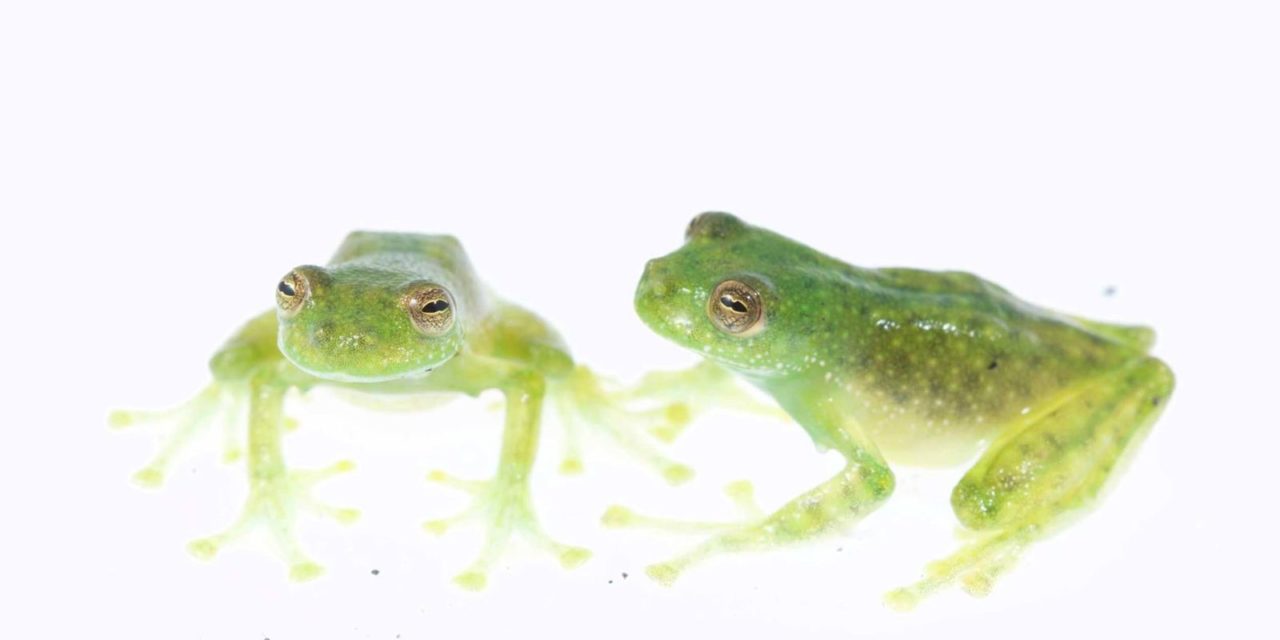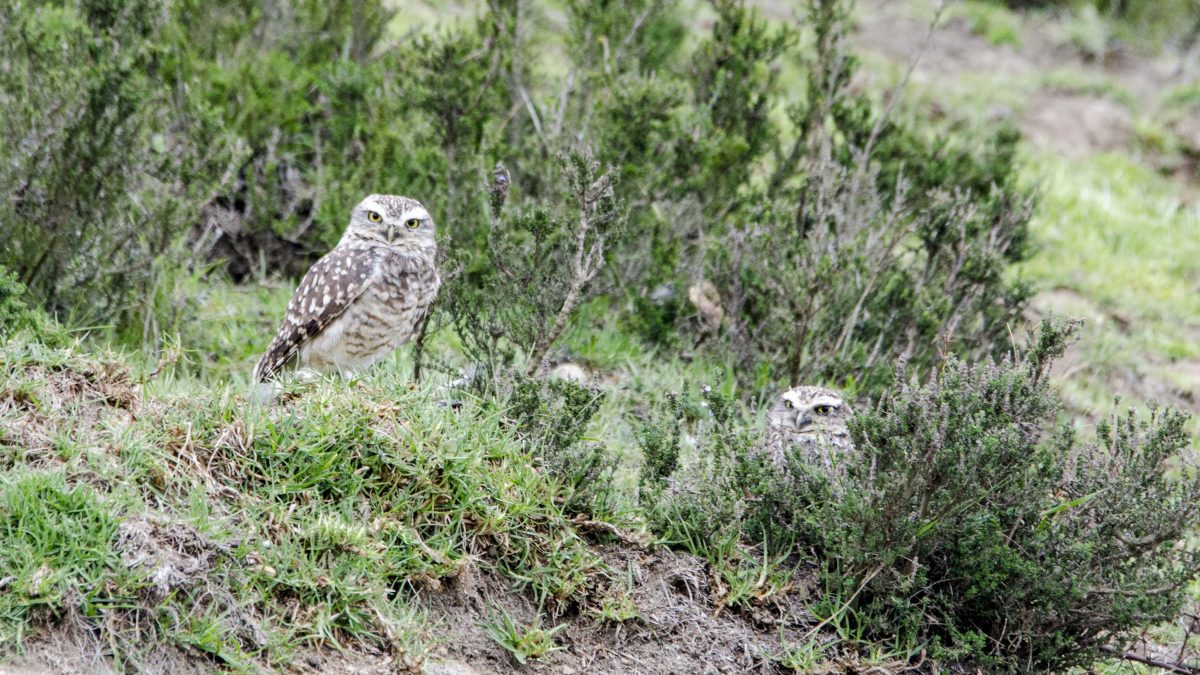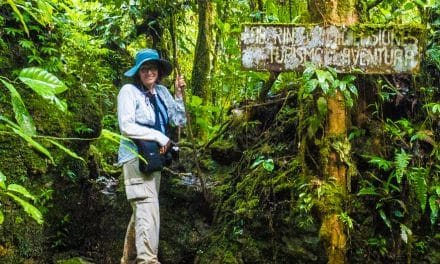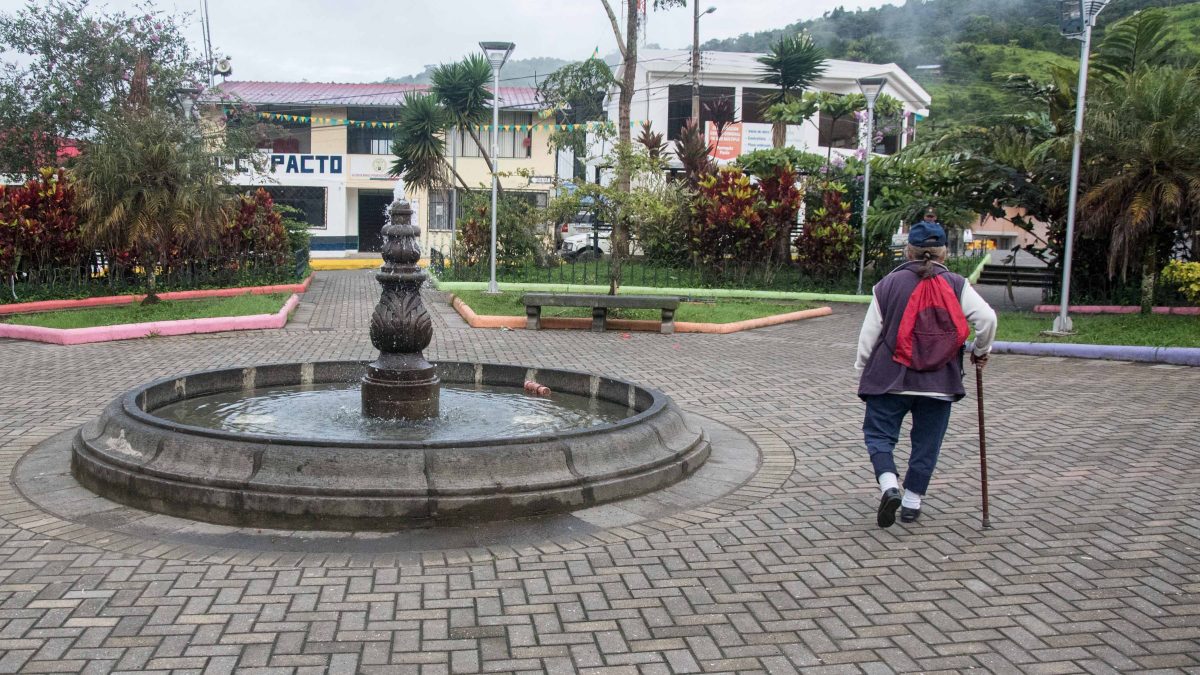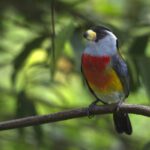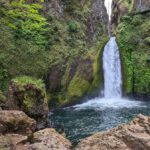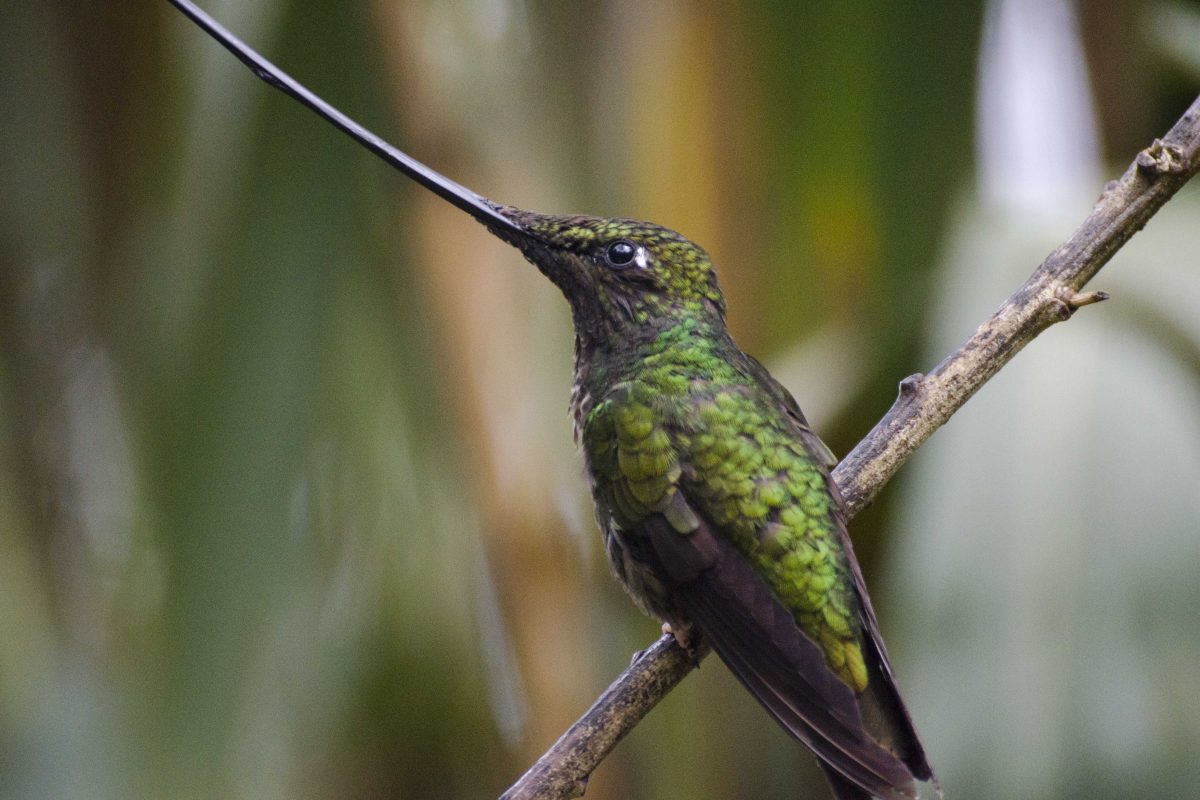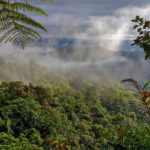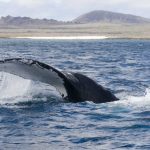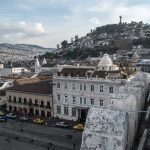One of the positives coming out of the current campaign to save Refugio Paz de Las Aves is an interest in identifying endangered species that live on the 49-hectare property, especially within the primary forest. When one of our donors reached out to ask which species it might be possible to see, I immediately asked Vinicio if he had any idea. Fortunately, he had a few pictures that we are using in this article. Our frog aficionado, Matthieu Woldhuis, immediately identified them and let us know their IUCN classification. Many of us are familiar with this classification as it is heavily used in the birding community:
- Extinct or Extinct in the Wild
- Critically Endangered, Endangered, or Vulnerable are all threatened by global extinction
- Near Threatened species are close to threatened if their habitats are not protected via conservation efforts
- Least Concern species have a lower risk of extinction
- Data Deficient means there is not enough information to make a classification
We are also thankful to have Matthieu asking such pertinent questions as he has helped develop a conservation project in Colombia to help protect two critically endangered frogs and is advising our team on how to start a similar project at Refugio Paz de Las Aves.
Known Frogs at Refugio Paz de Las Aves
Let us introduce you to the two known species of frogs at Refugio Paz de Las Aves. These are confirmed sightings with photographs taken by Vinicio Paz. We expect that there are likely many more but have yet to conduct a herpetology survey. More on that below!
Pinocchio Rainfrog
The first of the frogs I want to introduce you to is the Pinocchio Rainfrog (Pristimantis appendiculatus). Discovered in 1894 by the Austrian zoologist Franz Werner, this cloud forest frog has a green to light brown body with black to dark brown mottling, including distinctive stripes on its face. At the time of its discovery, its description was based on a single specimen. It was not again officially identified and redescribed until 1970!
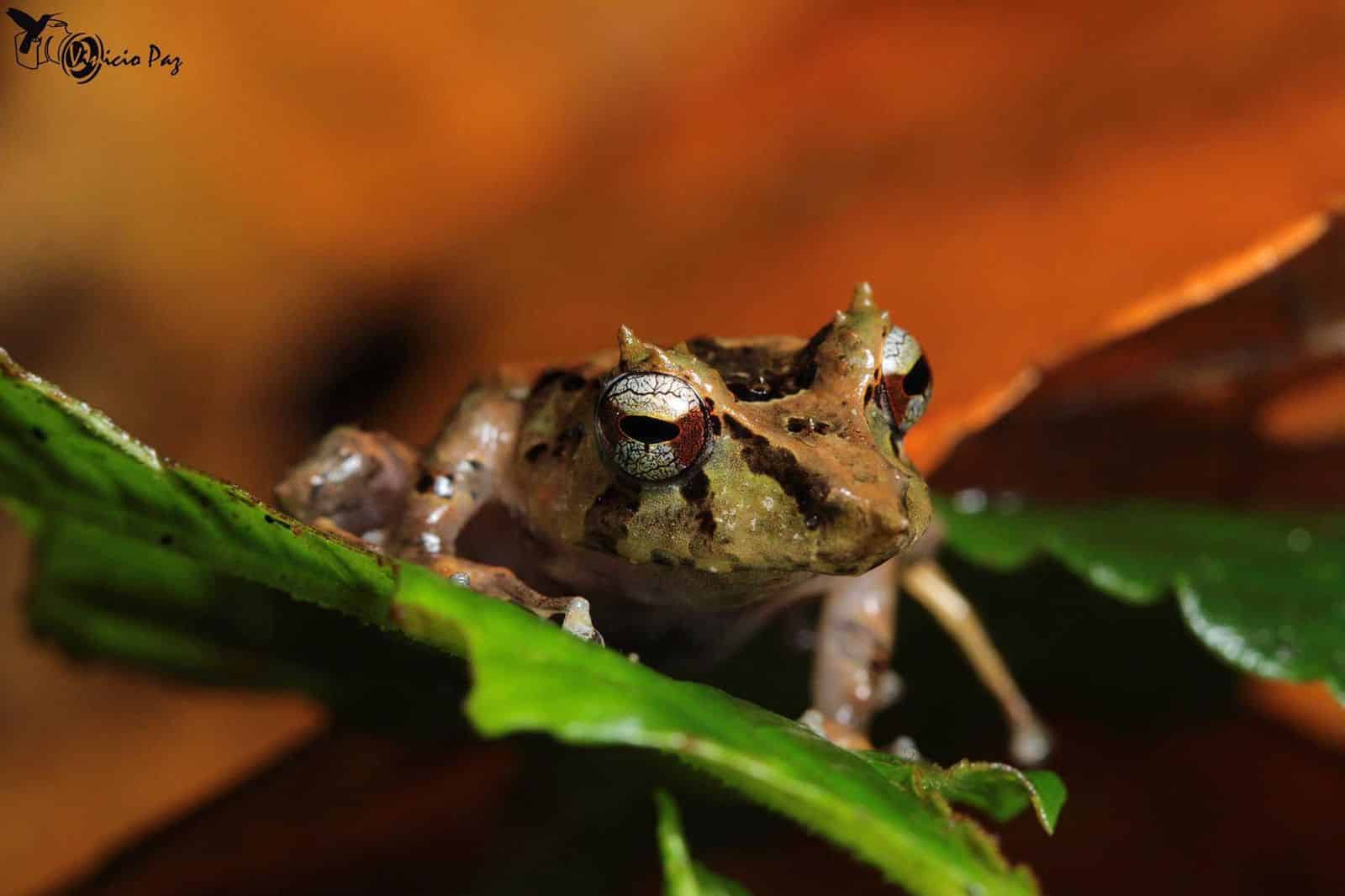
If you look carefully at the photo, you may notice that this frog has a small protrusion on its nose which explains its common name, Pinocchio Rainfrog. However, it has other common names as well like the Pacific Robber Frog and the Proboscis Cutin.
Today, the Pinocchio Rainfrog is listed as least concern. However, this last assessment took place in 2004, before the formation of the UNESCO Choco-Andino Biosphere Reserve. Since that time, this region is under heavy pressure from deforestation, mining, and agriculture. The species would benefit from having more lands held in conservation for its long-term protection.
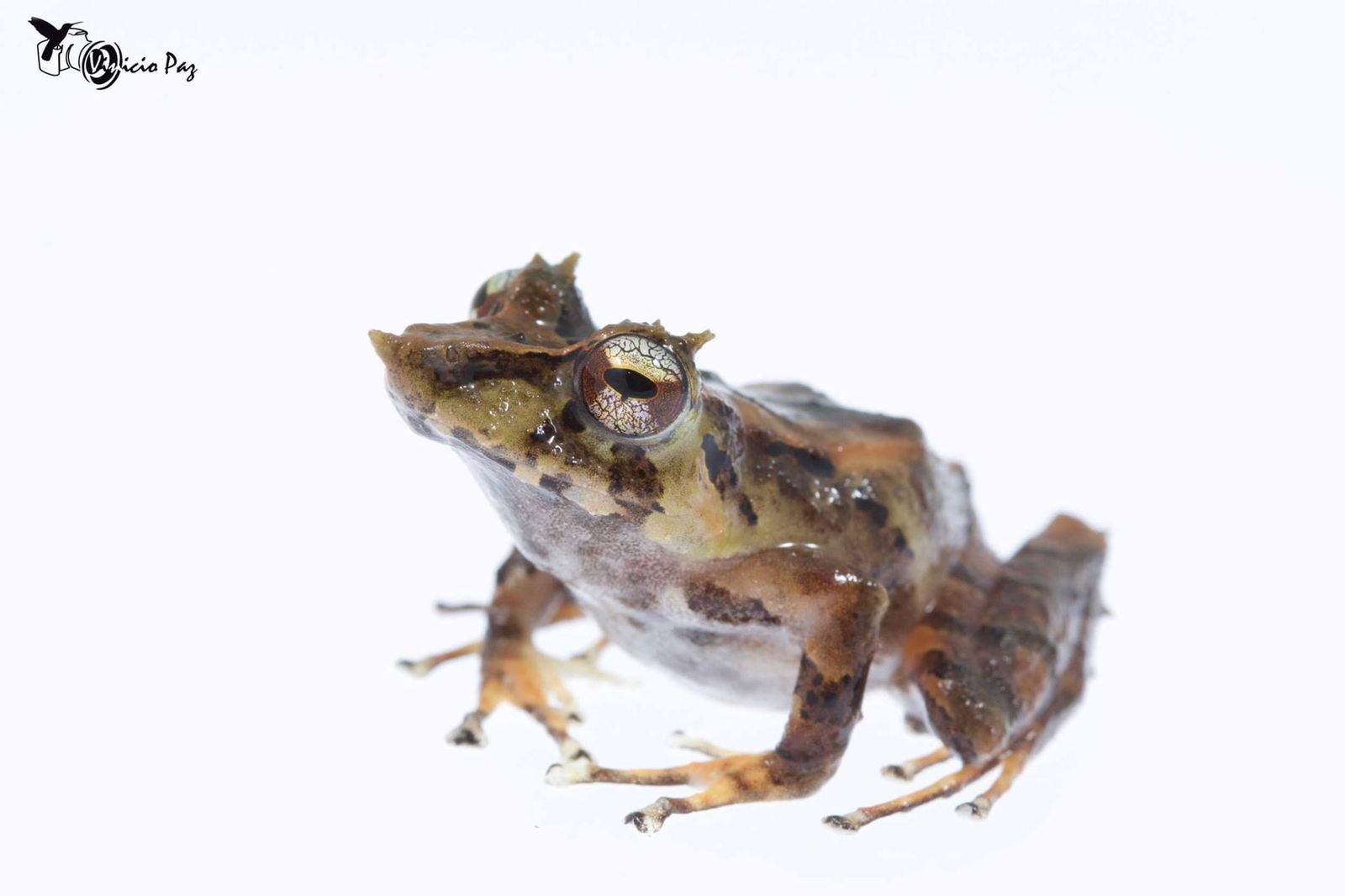
If you would like to learn more about the Pinocchio Rainfrog, we recommend checking out the English-language description on the American Museum of Natural History website or the in-depth description in Spanish at BioWeb Ecuador.
Golden-flecked Glassfrog
The other frog found at Refugio Paz is newer to the arena, the Golden-flecked Glassfrog (Centrolene ballux), also sometimes referred to as the Burrowes’ Giant Glass Frog. Discovered in 1989, it belongs to a family of frogs that have translucent skin on their abdomens making it possible to see some of their internal organs.
Glass frogs, including the Golden-flecked Glassfrog, live in trees and only come out at mating season, making them a tricky animal to study, especially considering that mating tends to coincide with the heaviest of rains.
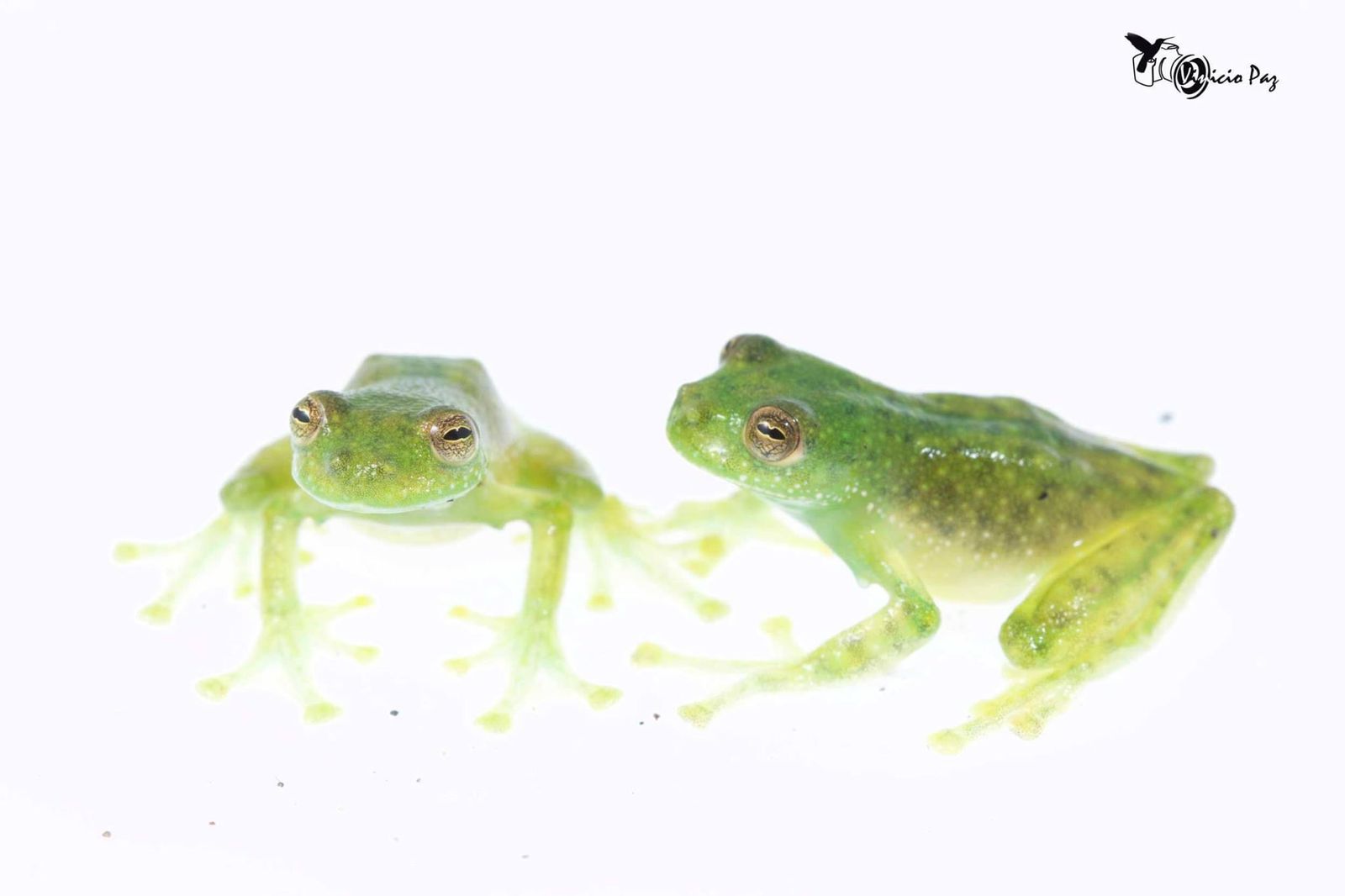
The Golden-flecked Rainfrog is listed as Endangered, like many glass frog species. The reasons are varied but include agriculture, the very threat that is occurring to the current property of Refugio Paz de Las Aves and part of the reason for the fundraiser to save the property.
If you would like to learn more about the Golden-flecked Glassfrog, find more information in English at Amphibia Web and in Spanish at BioWeb Ecuador.
Not A Frog… the Pinocchio Anole
I have a bonus species to introduce! Meet the Pinocchio Anole (Anolis proboscis). The male of the species sports an extremely long nose and has a mottled coloring ranging from yellow-green to brown with orange and black markings. The female lacks the prodigious nose. It was originally discovered and described from a single male specimen, in 1956. It was rediscovered in 2004 by a visiting ornithologist, Charles Vogt.
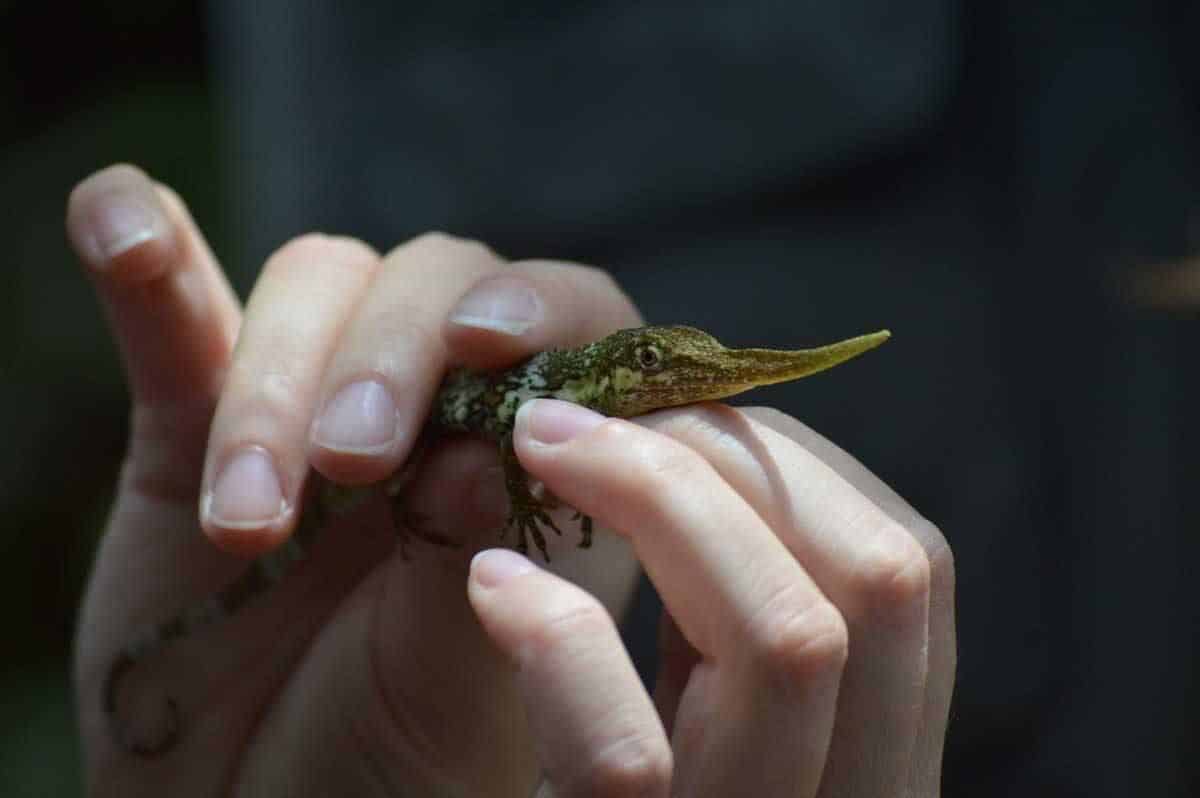
The Pinocchio Anole is listed as endangered, in large part to its restricted range and the threats that are common to the region like mining, logging, agriculture, and grazing.
If you would like to learn more about the Pinocchio Anole, iNaturalist.ca has information in English while Bioweb Ecuador has the best description in Spanish.
The Future of Herping at Refugio Paz de Las Aves
While most visitors to Refugio Paz de Las Aves come to see the birds, it is an excellent place for naturalists of all kinds, including herpers. If you are unfamiliar with this word, you are not alone.
The art and science of herping, the equivalent of birding in the amphibian-and-reptile-watching world, is not as popular as birdwatching. But, look out, it’s gaining popularity. It makes good sense for any nature reserve to understand the complete compliment of flora and fauna on the property, including the amphibians and lizards that live there. Especially when a reserve needs to find new avenues of financial support.
A Herpetology Survey
Enter Becca Brunner, conservational ecologist, educator, and writer. She is the coauthor of several studies completed in Ecuador and is a Senior Researcher at the Jama-Coaque Reserve, located in the foothills of the Ecuadorian Pacific Coast. When Becca heard about the current fundraising campaign, she reached out to see what else might be done.
We’re planning her future visit in the middle of the rainy season, when frogs are most active. In the meantime, Becca is sending acoustic monitors so that we can begin the process of assessing the biodiversity of the property before her first trip when she hopes to begin the first official herpetology survey of Refugio Paz de Las Aves.
If you are interested in supporting this effort and others like it, our first step is to save Refugio Paz. Then, we can begin the process of naming a few frogs to join Maria the Giant Antpitta and the other species that attract hundreds of visitors a year.

